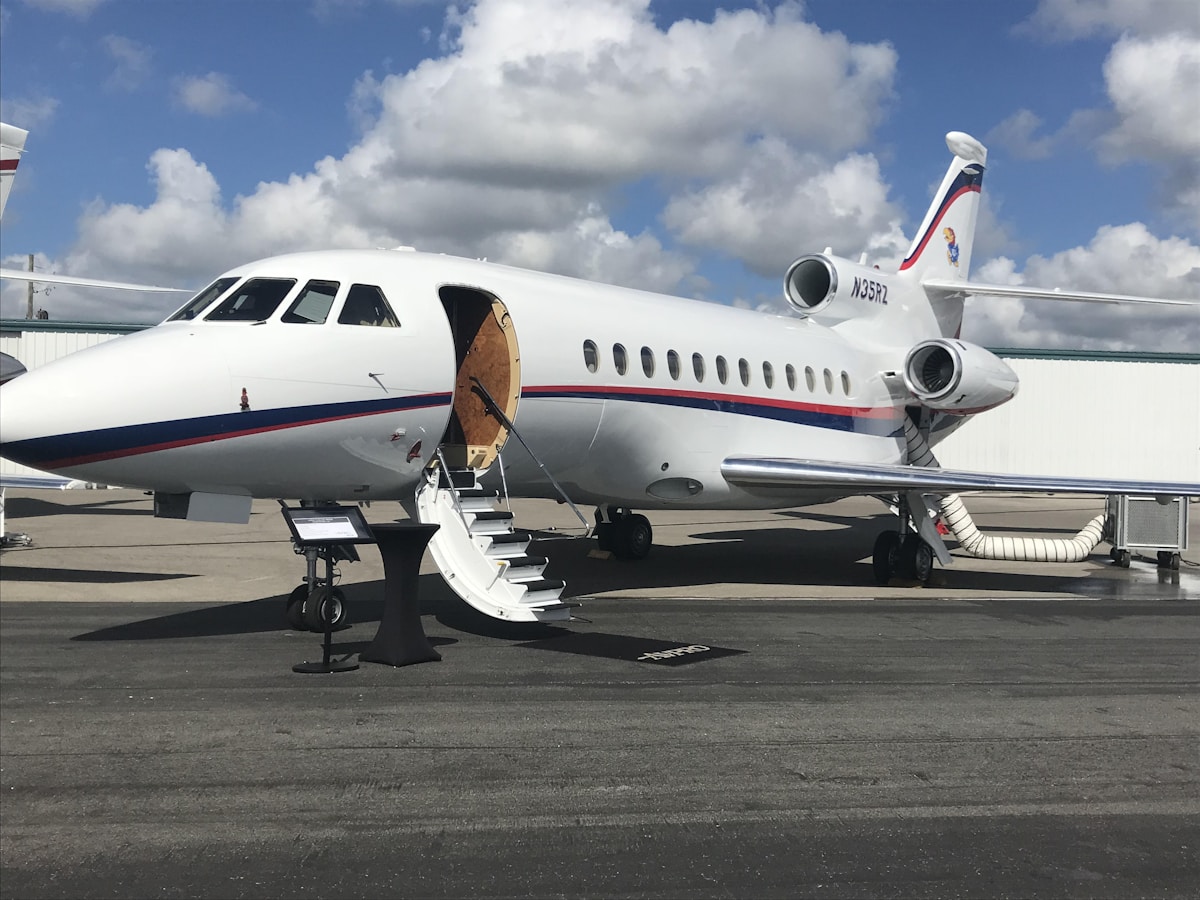The Intricate World of the B-2 Bomber Cockpit
The B-2 Spirit stealth bomber remains one of the most formidable aircraft in aviation history. Its unique design is matched only by the sophisticated technology inside. Dive into the details of the B-2 cockpit and uncover the complexity behind its design.

A Fusion of Technology and Stealth
When the B-2 was conceptualized, stealth was its primary design philosophy. The cockpit design reflects this ethos. It is engineered to minimize radar signatures while providing maximum efficiency to pilots. The front panels are cleanly aligned to ensure they don’t reflect radar waves. Every piece of equipment inside is positioned with stealth in mind.
Advanced Avionics System
The heart of the B-2 cockpit is its avionics system. The computer architecture allows pilots to manage the flight and mission systems effectively. These systems encompass navigation, target acquisition, and electronic warfare. The avionics suite ensures functionality with precision, supporting the aircraft’s stealth missions. Its interface is designed for ease of use under high-pressure situations. The integration of digital fly-by-wire control simplifies aircraft handling, reducing pilot workload.
Human-Machine Interface
The layout of the B-2 cockpit prioritizes intuitive interaction for pilots. The human-machine interface includes several multi-function displays (MFDs). These displays provide critical flight data and mission information concisely. The use of visual and tactile feedback helps pilots operate the aircraft with minimized cognitive load. The MFDs support dynamic reconfiguration, allowing quick access to various systems.
Ergonomic Design
Pilots spend extended hours in the B-2 cockpit on missions. The ergonomic design is paramount for maintaining pilot efficiency. Adjustable seats, controls, and interfaces make long-duration flights comfortable. The cockpit is pressurized and features climate control for high-altitude operations. The design mitigates the effects of fatigue and stress during lengthy missions.
Communication Systems
Communication in the B-2 is crucial. The aircraft features secure, reliable communication systems for seamless coordination. These systems include VHF, UHF, and satellite communication links. They enable pilots to engage in encrypted conversations with ground control and other aircraft. Redundancies ensure communication remains uninterrupted during mission-critical operations.
Navigation Suite
The B-2’s navigation is guided by advanced systems. Its GPS integrates with inertial navigation systems to provide precise positioning. Terrain-following radar aids in low-altitude flight, keeping the aircraft undetected. The navigation suite seamlessly handles mission navigation and real-time adjustments. It supports the B-2’s ability to conduct global missions without detection.
Security Systems
The sensitivity of the B-2 aircraft demands robust security measures within the cockpit. The cockpit ensures unauthorized access to systems is prevented through multiple layers of security. Features include biometric systems and encrypted access protocols. These measures protect mission data and aircraft integrity. Security is reinforced to prevent tampering and data breaches.
Backup Systems
The B-2 contains backup systems for vital operations. Redundancy is built into communication, navigation, and control systems. In case of failures, these backups maintain operational capability. The aircraft can return to base even if primary systems are compromised. Backup systems are a testament to the B-2’s resilient design for mission assurance.
Life Support Systems
Ensuring pilot safety and performance, the B-2’s life support systems are comprehensive. These systems include oxygen supply, temperature control, and pressurization. They support pilots in extreme altitudes and adverse conditions. Life support components are integrated to maintain pilot health, particularly on long-duration missions. The design ensures pilots remain alert and capable under all conditions.
The Role of Training
The complexity of the B-2 cockpit necessitates extensive training for its pilots. Pilots undergo rigorous training programs to master operating the B-2. Simulation environments replicate real-world scenarios, allowing pilots to acclimate to the cockpit’s interface. Familiarity with systems is essential for effective mission execution. Training continues throughout a pilot’s career to keep up with technological advancements.
Evolution of Cockpit Design
The B-2’s cockpit is the result of iterative design improvements. Feedback from operational experience and technological advancements guide enhancements. Over time, the cockpit has evolved to incorporate new technologies and ergonomic refinements. These updates maintain the B-2’s capability edge in stealth and performance.
Conclusion: The Heart of the Stealth Bomber
The B-2 cockpit is a marvel of modern aviation design. Its components work in harmony to provide stealth, resilience, and pilot efficiency. The cockpit emerges as the nerve center of one of the most advanced stealth bombers ever built. Understanding its layout and functions underscores the sophistication inherent in B-2 operations.
Recommended Aviation Gear
David Clark H10-13.4 Aviation Headset – $376.95
The industry standard for aviation headsets.
Pilots Handbook of Aeronautical Knowledge – $25.42
Essential FAA handbook for every pilot.
As an Amazon Associate, we earn from qualifying purchases.




Subscribe for Updates
Get the latest articles delivered to your inbox.
We respect your privacy. Unsubscribe anytime.